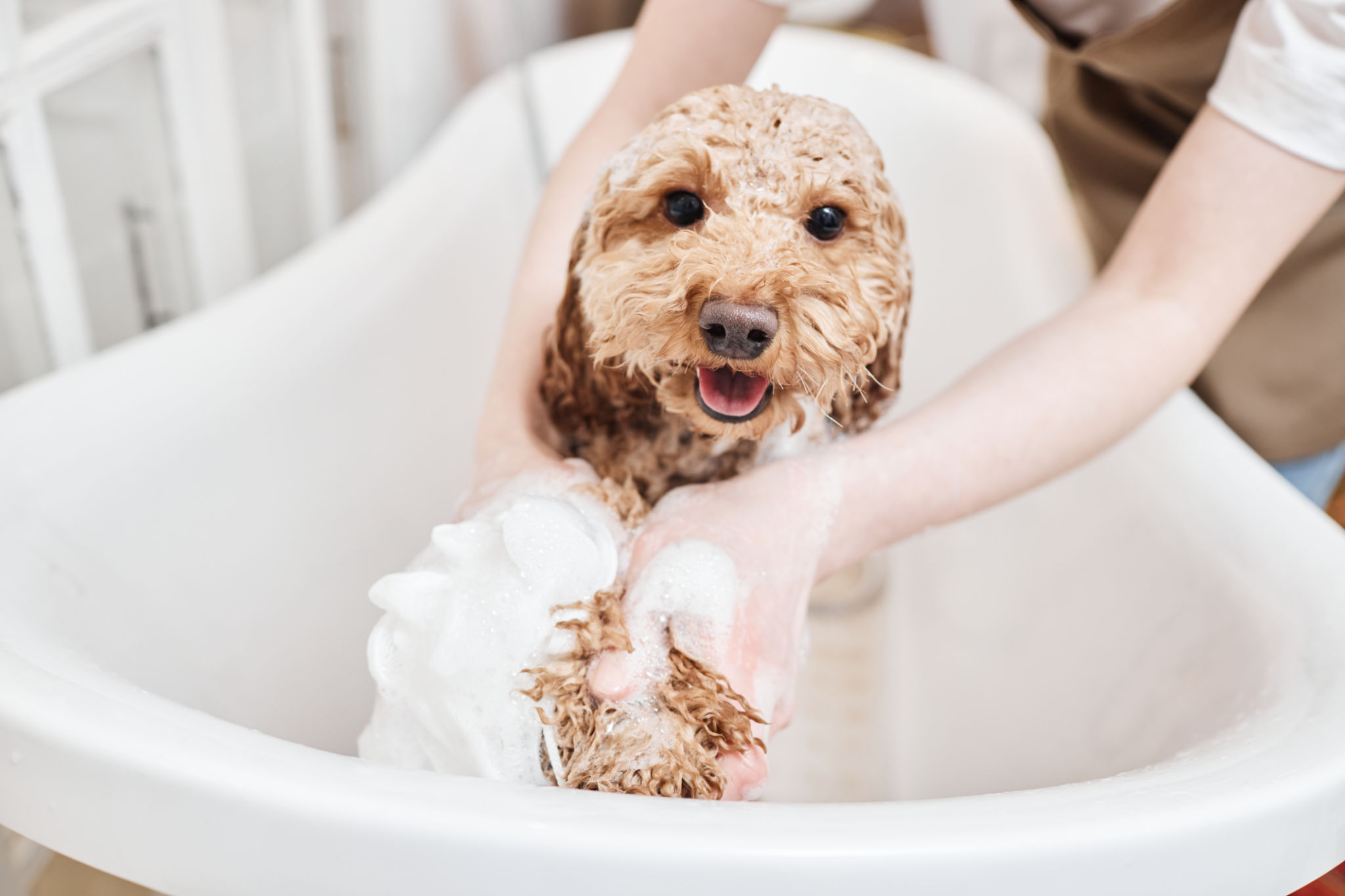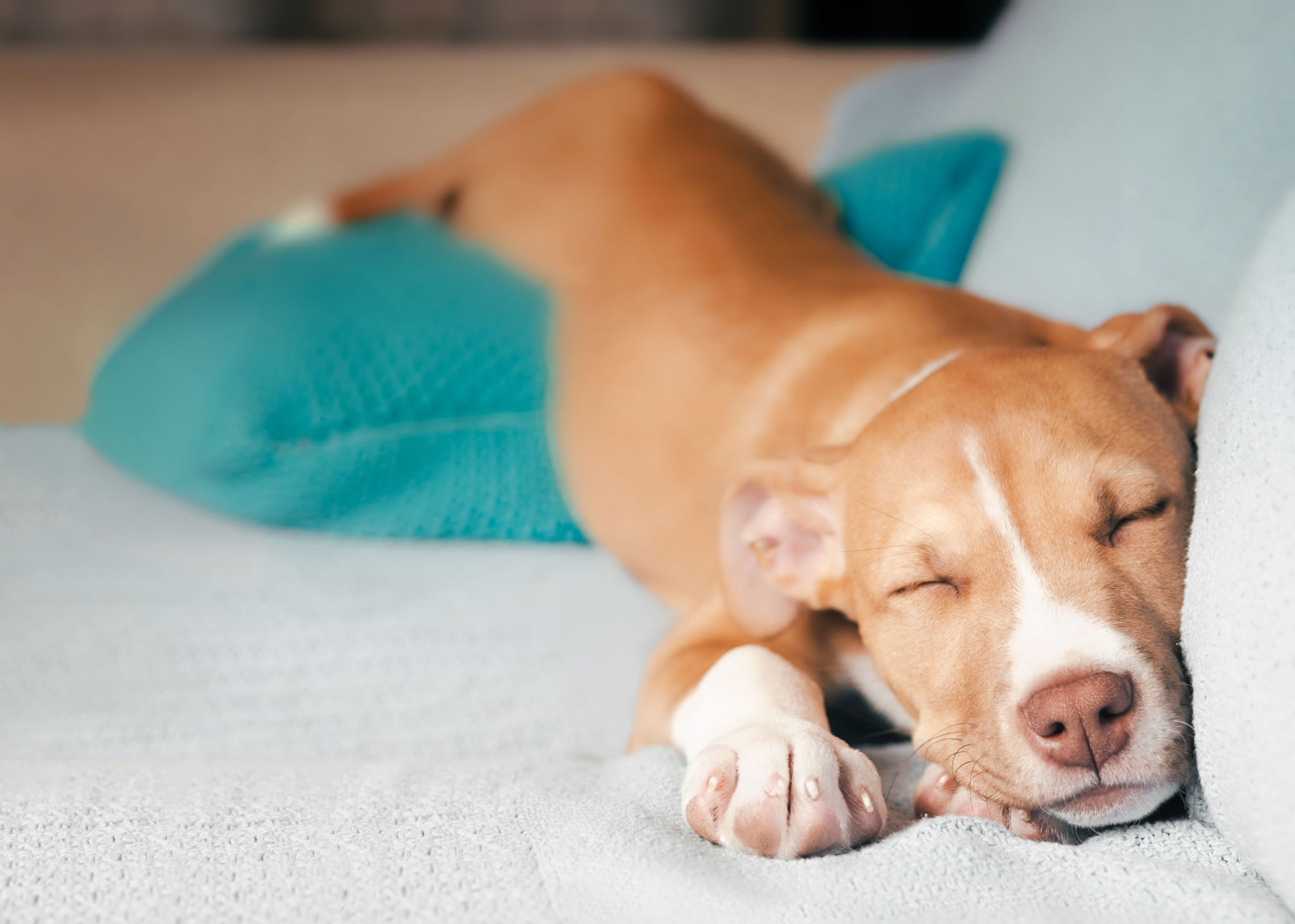How to Prepare Your Dog for Grooming Sessions
JK
Understanding Your Dog's Needs
Preparing your dog for grooming sessions is not just about maintaining their appearance but also about ensuring their comfort and well-being. Each dog has unique needs based on their breed, coat type, and temperament. Understanding these needs is the first step in ensuring a positive grooming experience.
Start by researching your dog's breed to understand specific grooming requirements. Some breeds may require frequent brushing to prevent matting, while others might need regular nail trimming. Knowing these details can help you plan an effective grooming schedule.

Familiarize Your Dog with Grooming Tools
One of the most important aspects of preparing your dog for grooming is to familiarize them with the tools that will be used. Introduce brushes, clippers, and nail trimmers gradually. Allow your dog to sniff and explore these items while providing plenty of positive reinforcement through treats and praise.
Consider using a soft-bristle brush initially to make the experience pleasant for your dog. As they become more comfortable, you can gradually introduce other tools. This gradual exposure helps reduce anxiety and makes future grooming sessions smoother.
Create a Calm Environment
Ensuring a calm environment is crucial for a successful grooming session. Choose a quiet space where your dog feels secure and away from distractions. Play soothing music or use calming scents like lavender to help relax your pet.

Additionally, it's beneficial to schedule grooming sessions when your dog is naturally calm, such as after a walk or playtime. A relaxed dog is more likely to cooperate, making the process easier for both of you.
Build a Routine
Dogs thrive on routine, and establishing a regular grooming schedule can help them know what to expect. Begin with short sessions a few times a week, gradually increasing the duration as your dog becomes more accustomed to the process.
Consistency is key. By maintaining a predictable routine, your dog will be more likely to approach grooming with a positive attitude. Over time, this routine can help reduce any anxiety or fear associated with grooming.

Positive Reinforcement and Patience
Positive reinforcement plays a significant role in preparing your dog for grooming sessions. Reward good behavior with treats, verbal praise, or playtime. This not only makes the experience enjoyable but also reinforces the behavior you want to see.
Patience is equally important. Every dog learns at their own pace, so it's essential to remain calm and patient throughout the process. Avoid rushing through grooming sessions; instead, focus on building trust and comfort with your pet.
Consult a Professional Groomer
If you're unsure about any aspect of grooming or if your dog has specific grooming needs, consider consulting a professional groomer. They can provide valuable insights and tips tailored to your dog's unique requirements.
A professional groomer can also demonstrate proper techniques and recommend appropriate products for your dog's coat type, ensuring optimal care and maintenance.